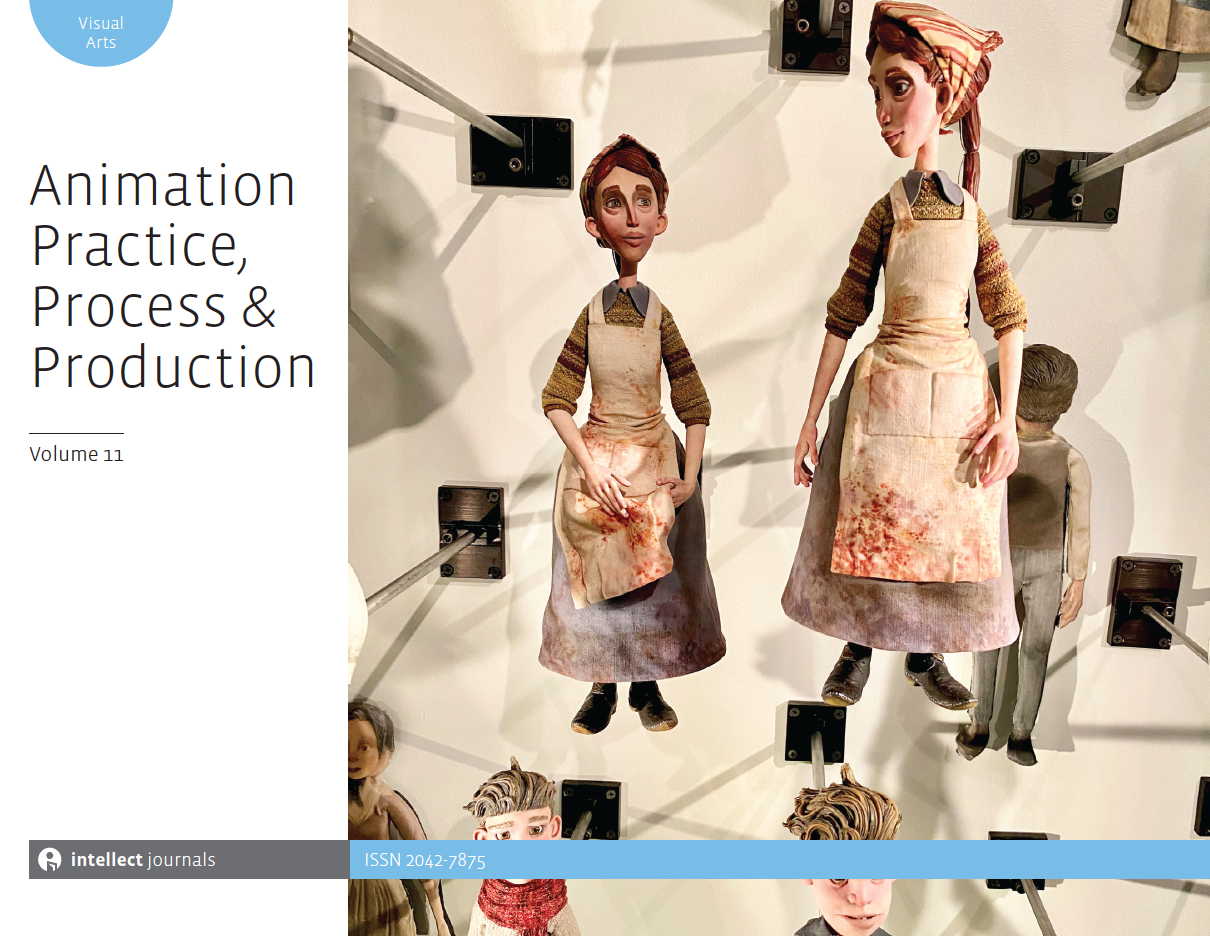
Full text loading...
 , Sarah L. Nesti Willard1
, Sarah L. Nesti Willard1
The early-1990s satellite TV revolution in the United Arab Emirates (UAE) brought foreign media broadcasts into the limelight, and Japanese anime and American cartoons dubbed in Arabic became the most-watched content in Emirati households. Currently, the trend is continuing. Providing an overview of animation trends in the UAE, through the collection of qualitative data, this article explains the popularity of foreign entertainment products that have impacted young Emiratis in recent decades. It also describes how local animation industries are reacting to this phenomenon by slowly trying to find a window into the local market. The article elaborates on how regional industries will boost their local production and live up to the expectations of these young Emiratis along with new audiences. Focus groups interviews were conducted in which Emirati youths shared the reasons behind their entertainment preferences of animated products and identified how foreign media positively affects the UAE animation industry. Interviews with members of the local animation and gaming industries were also carried out to discover their vision and how they are trying to create professional opportunities for young people interested in working in the field of gaming, animation or content creation.

Article metrics loading...

Full text loading...
References


Data & Media loading...

Publication Date:
https://doi.org/10.1386/ap3_00033_1 Published content will be available immediately after check-out or when it is released in case of a pre-order. Please make sure to be logged in to see all available purchase options.